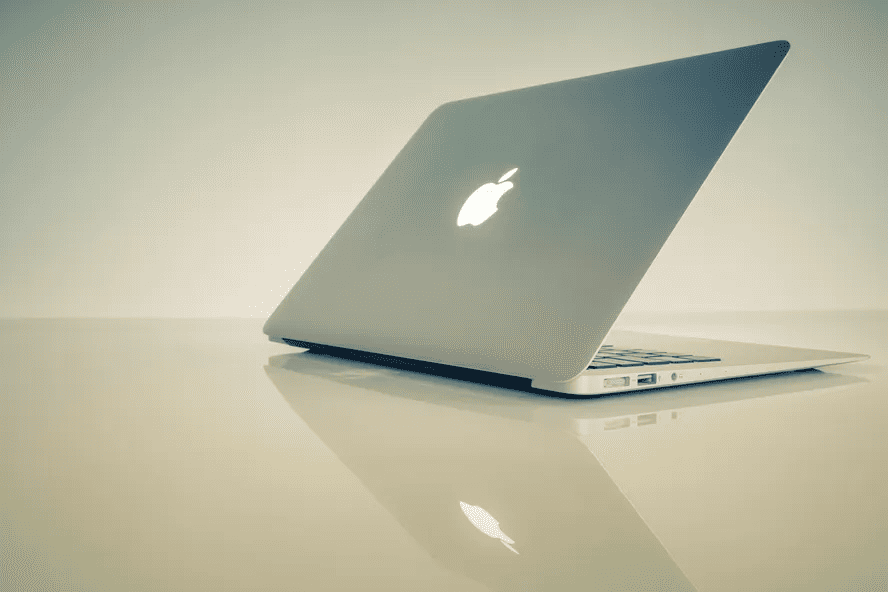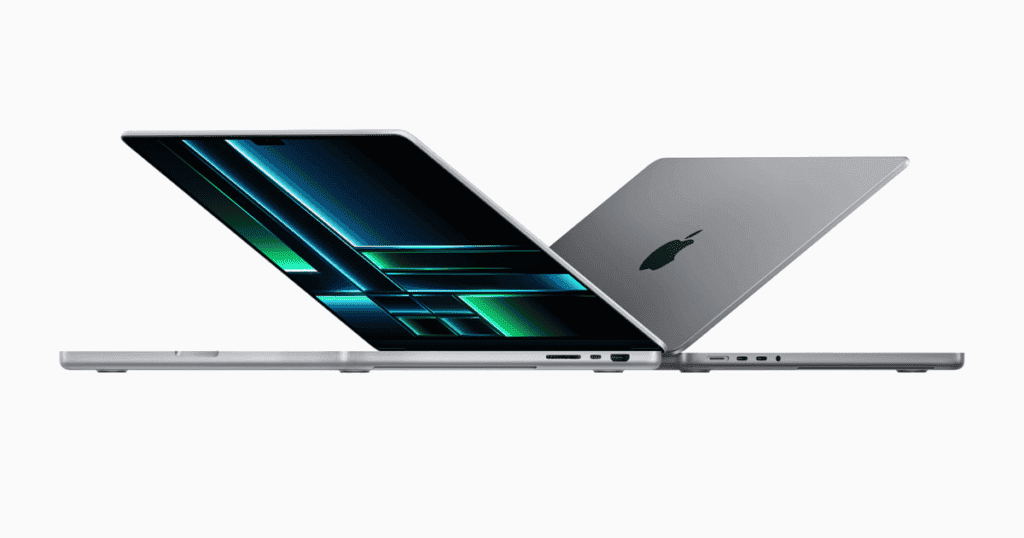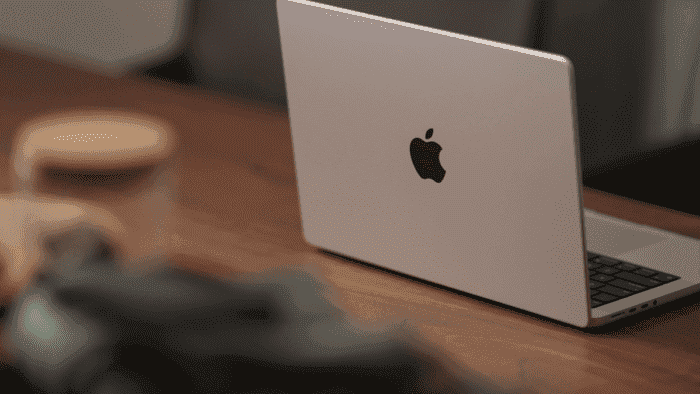Mac and MacBooks are known for their stability and smoothness. The fact that Apple has total control over the hardware and the OS allows the company to build a solid ecosystem that will work fine and be reliable for most of the tasks. However, not even the powerful Mac and MacBooks are free from issues. There are a lot of factors to take into consideration when your Mac starts freezing. It can be due to the use of older hardware or for some other reason. Although a freezing Mac can be frustrating, especially when you’re doing important tasks, you can try some solutions to improve this issue and reduce this (via DigitalTrends).
Regardless of the platform you’re using, a Mac or a Desktop Mac, it’s perfectly possible to improve the experience. Through this article, we will provide 7 tips to reduce the occurrence of freezing issues on your Apple device as long as they’re software or OS-related.
Why Your Mac is Frozen?
Macs have great processors that are well-optimized with the software. The newer Apple M processors are really powerful and enough for most of the activities. However, this power is not infinite. If your processor is getting overloaded, your Mac will freeze. Sometimes, running too many apps at the same time will cause a freezing issue. Or perhaps, if you’re processing a particularly demanding app, like a design or gaming software, it can also put your Mac on its knees. In the worst scenario, malware or hardware problems can also cause the freezing issue.
7 Practical Tips to Solve Mac Freezing Issues
The following tips apply to MacBooks, Mac Minis, iMacs, Mac Studios, and every other variety of Apple computers. Read the steps and try each of these solutions for your Frozen Mac. Any one of them could save you some time.

1 – Force Quit Unresponsive apps
The first tip to try on a frozen Mac is to check and stop unresponsive apps. One particular app can be the culprit for freezing your Mac, especially the most demanding apps. If an app is frozen and quitting it won’t work, use the Ctrl + Click shortcut on its icon in the Dock. Hover the pointer over the Quit button. Hold Option (Labeled as Alt on some Mac keyboards) until Quit becomes Force Quit. Then click on this.
Alternatively, you can press Opt+Cmd+Esc to open the Force Quit window. Select the app you want to close, then click Force Quit (or Relaunch if Finder is Frozen). Click Force Quit on the confirmation dialogue box.
If your Mac is locked up and the above steps won’t work, press Ctrl + Opt + Cmd and the power button at the same time. This will reboot your Mac.
2 – Reset the System Management Controller
The System Management Controller (SMC) takes care is one of the most important sectors of Mac devices. It acts behind the scenes and does all sorts of things. From battery management to keyboard backlighting, this sector has an important control over the system. If your Mac is frozen, it could be that the SMC needs to be reset.
What you do depends on whether your Mac has a T2 security chip. If you’re using a MacBook that does not have it, shut it down, then press Shift+Ctrl+Opt and the power button at the same time. Hold all these keys for 10 seconds, then release them. Now press the power button to switch on your Mac. If you’re using a Mac device without a T2 chip, switch it off, unplug the power source, and wait for 15 seconds. plug it back in, then turn on your Mac.
The process is different for Macs with the T2 chip. For both MacBooks and desktop Macs, turn off the device, and press and hold the power button for 10 seconds. Release the button and wait a few seconds, then press it again to turn on the Mac.
3 – Reset PRAM/NVRAM
Your Mac PRAM and NVRAM are small sections of memory. They store certain settings that need to be accessed quickly by the computer. If your Mac is frozen, it could be due to an error with either the PRAM or NVRAM.
Resetting them could help, and the process is the same for both. First, you need to shut down your Mac, then turn it on and immediately press Opt+Cmd+P+R. Hold these keys for 20 seconds. Your Mac will restart during this time, but keep holding them for 20 seconds.

If your Mac plays a startup sound when you turn it on, you can release the keys when this plays. If your Mac has a T2 Security Chip, you can release them once the Apple logo has appeared and disappeared a second time.
Users with a firmware password will need to turn it off before you can reset the PRAM and NVRAM. Apple has instructions on how to turn off the firmware password on its website.
4 – Boot up Your Mac in Safe Mode
Another thing to try is to boot your Mac computer in safe mode. It can fix problems associated with freezes or may help you to identify what is causing the issue. Safe mode verifies the integrity of your startup disk and prevents certain apps and processes from running.
To start in safe mode, shut down your Mac, then turn it back on and immediately press and hold the Shift key. Release the Shift key when you see the login window. If you have an encrypted startup disk with FileVault, you may need to log in twice. Once you unlock the startup disk and the second time to log in to Finder.
Now reboot your Mac using the normal startup procedure. If you’re able to use your Mac without it freezing, then safe mode may have fixed the issue. If the freezing continues outside of Safe mode, you may have an issue with the login items, and the apps that load once you first log in. Wi-Fi networking, or an external device, as all these are disabled or limited by safe mode.
5 – Run the Apple Diagnostic Test / Apple Hardware Test
If your Mac is frozen and you think it is being caused by a hardware issue, run the Apple Diagnostic Test. First, disconnect any external devices except the keyboard, mouse, display, Ethernet connection, and power cord. Make sure your Mac is on a solid, flat surface and is well-ventilated, then shut it down.
Turn your Mac back on, then immediately press and hold the D key. Keep holding it until a screen appears asking you to select your language. Choose your language, then wait while the diagnostic test is run. This will take a couple of minutes.
If the test finds any issues, it will list them among potential solutions. It also gives you reference codes for any detected problems, plus ways to contact Apple so it can fix the problem.

6 – Drain the Battery and Check for Dents and Damage
If all else fails and your device is a MacBook, try letting it run out of power. Once you’re out of juice, connect your laptop to its charge. Wait a few minutes, turn it back on, and try to use your computer again.
Also, check your MacBook for any physical damage. If you see any, that or internal damage could be the reason your computer is not working properly.
7 – When Everything fails
If you’ve tried all the tips above and your Mac keeps freezing, it could be due to a hardware issue. The best thing to do is to take your device to an Authorized Repair Service or Apple Store. You might need to get the professionals involved. Qualified technicians have the training and the tools needed to diagnose and treat Mac issues that you might not have experienced.
Head to locate.apple.com and follow the on-screen instructions. It will help you to find the nearest Apple Store or Apple Authorized Service Provider.
If you prefer not to go directly to Apple, find a third-party repair shop that has experience repairing Macs. However, be sure that the shop is an Apple Authorized Service Provider. It means that Apple manufacturers approve both the authenticity of replacement parts and their technicians’ expertise.
Conclusion – Solve Your Mac Freezing Issues
Mac devices are well known for their reliability and responsiveness. Unlike other companies that only sell software, Apple can handle most of the issues because it has total control over the hardware and the software offered for its products. Therefore, it’s hard to have issues related to compatibility. However, Macs, MacBooks, and related products are still made of multiple components, and the software is still made of multiple processes. If any part of your hardware fails, it can also cause issues with your PC.
If the issue is related to software, apps, and processes within the OS, the above tips can help you. However, if the Mac freezing issues persist you may have a hardware problem. Maybe a faulty component could be causing the freezing issue. If your Mac is older, it may also require some cleaning inside. Try the above tips, but if none of these help, head to the repair shop.





